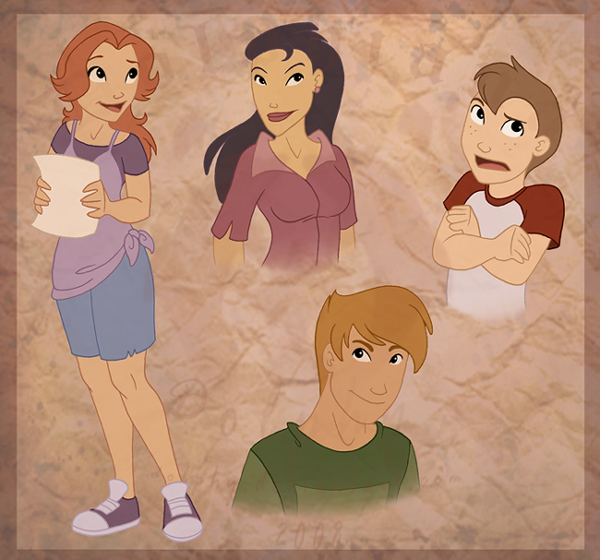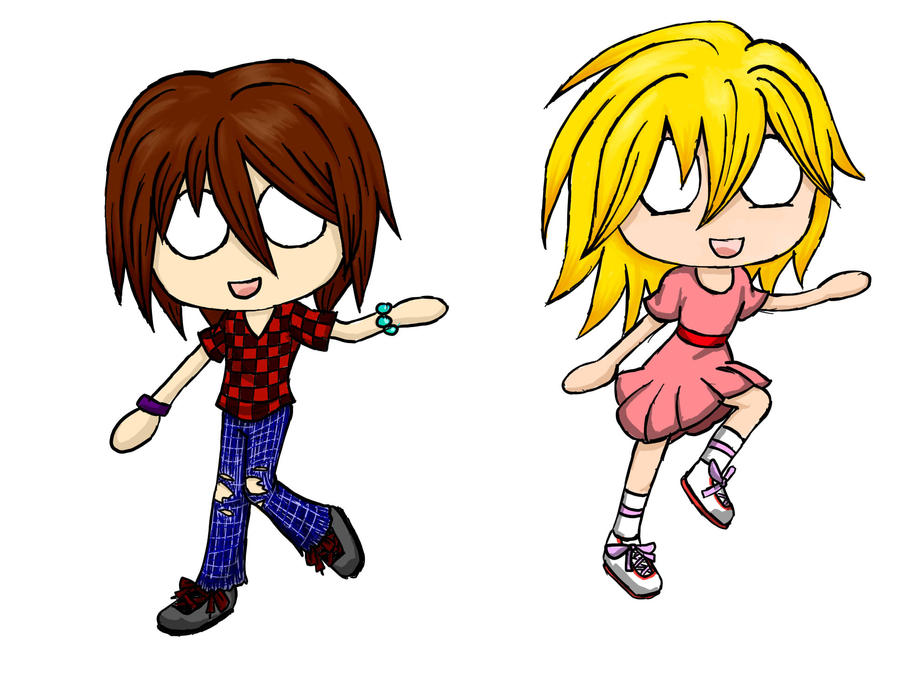Cartoon Pictures Of People Definition
Source(google.com.pk)We found 97,641 images about Cartoon People. The pictures you see on this web page are just small thumbnail pics of some of our (much bigger) professional quality stock photos and images we offer for purchase and immediate download. (Just click on an image to enlarge it, learn more about it and/or buy it Our selection of amazing stock photos and images is huge, with millions of professional photos that have been carefully chosen and sorted specifically for Microsoft Office users like you. Whether you are looking for cool backgrounds, clipart or digital pictures to illustrate PPT slide presentations, Outlook emails, webpages, printed brochures or other Word documents, we’ve got you covered. And whether your application is high-tech business, education or medical technology, and whether you are looking for something creative or corporate, you guessed it: We’ve got you covered.Here you have the most modern tool to transform photos and complex pictures into cartoons or vexel images.
Behind the scenes there is a powerful and complex renderer that offers you great control over colors, gradients and contours.Did you know that there are existing cartoons that uncannily resemble real life celebrities? See which actors, politicians and singers look just like some of your favorite cartoons.Funny cartoons pictures, funny cartoon characters, funny cartoon quotes. In funny cartoons category we have: Funny cartoons pictures, funny cartoons images, funny cartoons characters, funny cartoons quotes and more.Often used on discussion forums, with online games and other social websites such as facebook, small cartoon images are used to identify you as an individual. These small icons, photos and cartoon images are called avatars.The famous tree swing picture (also known as tyre swing, tire swing, rope swing) depicting tyre (or tire) and rope swing in various states of dysfunctionality, illustrates the pitfalls of poor product design, or poor customer service, and the dangers of failing to properly listen to customers and interpret their needs. The tree swing also demonstrates the dangers of departmental barriers, and failures of departments to talk to each other, and to talk to customers. As such, the tree swing is perfect for training these areas of quality, communications, customer care and inter-departmental relations. If you are using the tree swing to highlight a training subject most people very readily interpret the pictures into their own organisational situations. Some tree swing discussion points are at the foot of the page.Normally no pointers are needed - people very readily interpret the pictures into their own organisational situation. Here are a few typical 'them and us' reactions just in case: add unnecessary value, add complexity, bells and whistles, embellish, put their own mark onto things, fanciful, impractical, untested, untried, creativity for creativity's sake, subjective not objective, theoretical not practical, clever ideas, think they know what's best for the customers even if the survey feedback is utterly clear, fail to consult with engineering, production and anyone else in the organisation.See the new Businessballs tree swing cartoons - a specially produced collection extending the original tree swing theme to wider aspects of business and organizational daftness.cost-conscious, process-led rather than output-aware, failure to understand and interpret real issues and implications, failure to ask questions, committee decisions produce impractical solutions, removed from reality, detached from customers and front-line staff, failure to consult with users and functional departments.technical interpretation rather than practical, unconcerned with aesthetics and ergonomics, consideration stops after the 'can we build it?' stage, lack of consultation with specifiers and user representatives, meets specification but doesn't work properly, inappropriate materials and absence of styling. production specification over-rides design considerations, a law unto themselves, you get what you're given, any colour you like as long as it's black, detached from users, specifiers, designers, and everyone else except other manufacturing staff, unconcerned with usability or functionality, certainly unconcerned with bells and whistles and added value, totally focused on production efficiency, cost and time, lack of liaison with all other departments. necessity is the mother of invention, very big tool-boxes, huge stocks of parts and ancillaries, materials, nuts, bolts and all other fixings known to man, happy to work all hours, especially evenings, weekends and public holidays at treble-time-and-a-half with days off in lieu, never consult with specifiers or customer specifications, enjoy quick-fixes, sticky-tape, mastic, bending bracketry, planks of wood and extended tea-breaks, never liaise with any other departments and think management are all useless idiots who can't even change a plug.Uncertainty surrounds the origins of the tree swing cartoons. Several variations of the cartoons now exist, some extending to more than six pictures, in colour and in more elaborate detail, covering additional departmental perspectives. (See the specially designed series of Businessballs Treeswing Cartoons, for example.)The simpler cartoons above are re-drawn from the old photocopied versions of the treeswing cartoon which hung on many office walls especially in the 1970s and 1980s.
Those 'original' drawings seem to have provided the basis for the version which appeared in John Oakland's book Total Quality Management, first published in 1989 (see right, added here Aug 2009).In the first few years of the world-wide web I recall seeing a webpage reference which named a cartoonist who supposedly originated the tree swing cartoons in the first half of the 1900s, but regrettably I never kept and cannot find that reference. It may or may not have been correct of course.
I have seen suggested sources of the tree swing that would place the origin in the last two or three decades, and while most of the suggested sources often carry amusing versions and interpretations of the tree swing, the true origin is perhaps earlierI received this information (April 2007, thanks C Winter) which supports the view that the tree swing cartoon was circulating in UK offices in the 1960s, if not before: "In 1969 I worked for the Customs & Excise in Southend writing the original VAT accounting system. At that time, the Civil Service had a regular internal newsletter called 'Red Tape'. I have a page extracted from a copy of that newsletter that has at least six of those exact tree swing pictures..."
More recently I received this recollection (thanks S Hytche, 29 Oct 2010): "As a college student back in 1968-69, I worked part-time in IT key punch operations. The tree swing was around then to show what end-users got from 'systems people' and to make the point that the users needed to be involved in all phases of the development process..." (This logically refers to the 'IT Project' version of the tree swing cartoons, rather than the 'marketing' version, or 'teacher' version, which is shown below.)
And this submission (May 2007, thanks Mark Linton): "...I have a copy of 'variations on a tree swing' that was printed in the San Franscisco Examiner on Sunday, October 12, 1975, with the accompanying text - 'A sometime publication, The Teaching Paper, is produced by Portland teachers who somehow have escaped the smothering coccon of pedagogy. In this excerpt from their admirable sheet, they cast a bemused glance at the befuddlements of a bureaucratic school system and composed a hypothetical example of how various school entities would face a minor construction problem...' "
Mark kindly sent me photocopies of the San Francisco Examiner article which refers to a publication called This World, in which the tree swing model is shown in a different sequence than commonly represented, featuring 'students' in place of 'customers'; 'teachers' in place of 'marketing'; 'principals' in place of 'management'; 'central office' instead of 'engineering'; and a magnificantly detailed diagram 'as board of education approved it' instead of 'what was manufactured'. The photocopied newspaper cartoon includes a (probably spoof pun) reference to 'Jury and Rigg School Architects'.
Unfortunately the San Francisco Examiner article does not give a year for the Teaching Paper/This World publication of the teacher versions of the tree swing cartoons. Was the teaching version an adaptation of the marketing 'customer/supplier' cartoon and/or the IT-project' versions? Probably, according to above recollections suggesting that such cartoons existed in the late 1960s. Here are the San Francisco article photocopies sent to me by Mark Linton.
Cartoon Pictures Of People Free JCartoon Pictures Images Photos Wallpaper 2013

Cartoon Pictures Of People Free JCartoon Pictures Images Photos Wallpaper 2013

Cartoon Pictures Of People Free JCartoon Pictures Images Photos Wallpaper 2013

Cartoon Pictures Of People Free JCartoon Pictures Images Photos Wallpaper 2013

Cartoon Pictures Of People Free JCartoon Pictures Images Photos Wallpaper 2013

Cartoon Pictures Of People Free JCartoon Pictures Images Photos Wallpaper 2013

Cartoon Pictures Of People Free JCartoon Pictures Images Photos Wallpaper 2013

Cartoon Pictures Of People Free JCartoon Pictures Images Photos Wallpaper 2013

Cartoon Pictures Of People Free JCartoon Pictures Images Photos Wallpaper 2013

Cartoon Pictures Of People Free JCartoon Pictures Images Photos Wallpaper 2013

No comments:
Post a Comment